|
Empty
Welcome
Visitor
Browse Courses
Sort by:
Default
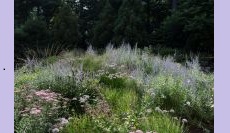
S25/44
The word “matrix” refers to a landscape design model in which perennials and grasses are used to imitate meadows. All naturalistic gardening is an attempt to imitate meadows to some extent, but matrix planting does it explicitly.
In Matrix Planting for Home Gardeners, Deborah Chud discusses the design of matrix planting on a residential level by starting with an examination of meadows—why and how they look the way they do. Among the many topics covered in this lecture are:
· Features of meadows relevant to our imitation of them in gardens
· The aggregation/outlier pattern of distribution
· The basis of complementarity
· The three matrix templates
· Scatter plant and emergents
More
 Starts:
12/11/2025
10:00 AM
Starts:
12/11/2025
10:00 AM
 Ends:
12/11/2025
12:00 PM
Ends:
12/11/2025
12:00 PM
 Duration:
2 hours
Duration:
2 hours
 Credits:
2 Class Hours
Credits:
2 Class Hours
 Pricing:
Pricing:
 Location:
Location:
 Status:
51 open seats left
Status:
51 open seats left
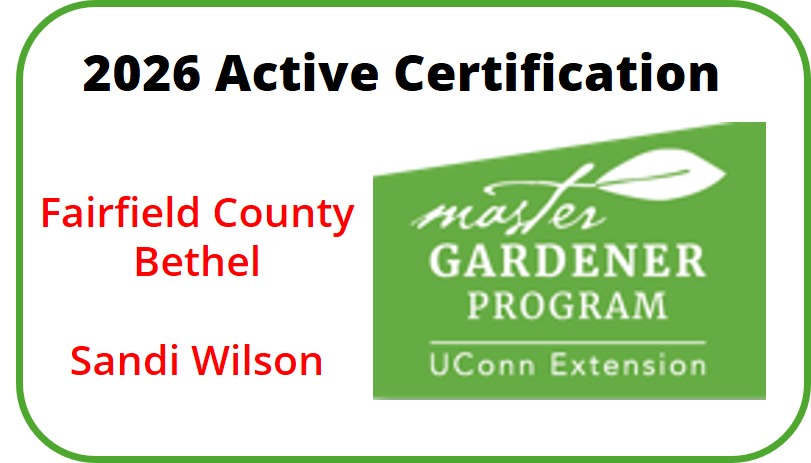
MGC2026 - Fairfield
Registration and payment for Active Master Gardener Certification for 2026 (expires 9/30/26). This is NOT a class. Your county coordinator will provide the access code to register after you complete the recertification form at mastergardener.uconn.edu/2026-master-gardener-active-certification/
More
 Starts:
12/30/2025
9:00 AM
Starts:
12/30/2025
9:00 AM
 Ends:
12/30/2025
9:00 AM
Ends:
12/30/2025
9:00 AM
 Duration:
Duration:
 Pricing:
Pricing:
 Location:
Location:
 Status:
122 open seats left
Status:
122 open seats left
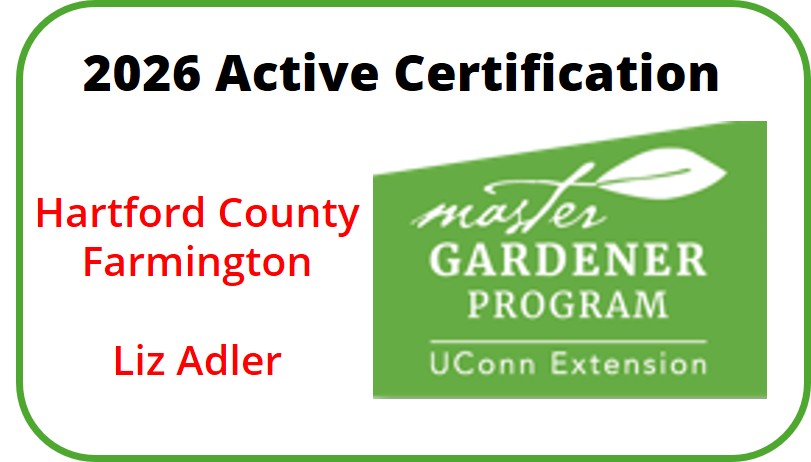
MGC2026 - Hartford
Registration and payment for Active Master Gardener Certification for 2026 (expires 9/30/26). This is NOT a class. Your county coordinator will provide the access code to register after you complete the recertification form at mastergardener.uconn.edu/2026-master-gardener-active-certification/
More
 Starts:
12/30/2025
9:00 AM
Starts:
12/30/2025
9:00 AM
 Ends:
12/30/2025
9:00 AM
Ends:
12/30/2025
9:00 AM
 Duration:
Duration:
 Pricing:
Pricing:
 Location:
Location:
 Status:
152 open seats left
Status:
152 open seats left

MGC2026 - Litchfield
Registration and payment for Active Master Gardener Certification for 2026 (expires 9/30/26). This is NOT a class. Your county coordinator will provide the access code to register after you complete the recertification form at mastergardener.uconn.edu/2026-master-gardener-active-certification/
More
 Starts:
12/30/2025
9:00 AM
Starts:
12/30/2025
9:00 AM
 Ends:
12/30/2025
9:00 AM
Ends:
12/30/2025
9:00 AM
 Duration:
Duration:
 Pricing:
Pricing:
 Location:
Location:
 Status:
70 open seats left
Status:
70 open seats left

MGC2026 - Lower Fairfield
Registration and payment for Active Master Gardener Certification for 2026 (expires 9/30/26). This is NOT a class. Your county coordinator will provide the access code to register after you complete the recertification form at mastergardener.uconn.edu/2026-master-gardener-active-certification/
More
 Starts:
12/30/2025
9:00 AM
Starts:
12/30/2025
9:00 AM
 Ends:
12/30/2025
9:00 AM
Ends:
12/30/2025
9:00 AM
 Duration:
Duration:
 Pricing:
Pricing:
 Location:
Location:
 Status:
121 open seats left
Status:
121 open seats left
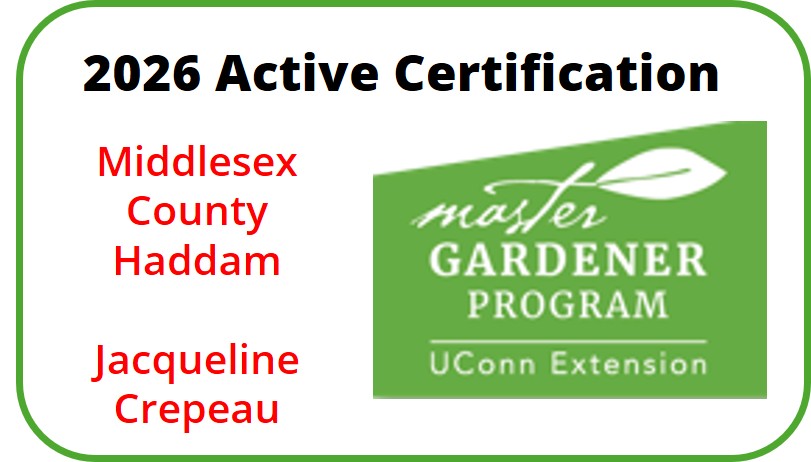
MGC2026 - Middlesex
Registration and payment for Active Master Gardener Certification for 2026 (expires 9/30/26). This is NOT a class. Your county coordinator will provide the access code to register after you complete the recertification form at mastergardener.uconn.edu/2026-master-gardener-active-certification/
More
 Starts:
12/30/2025
9:00 AM
Starts:
12/30/2025
9:00 AM
 Ends:
12/30/2025
9:00 AM
Ends:
12/30/2025
9:00 AM
 Duration:
Duration:
 Pricing:
Pricing:
 Location:
Location:
 Status:
46 open seats left
Status:
46 open seats left
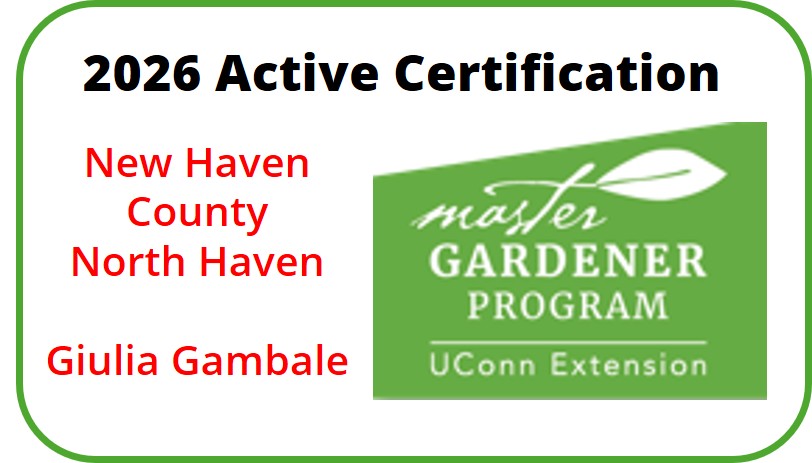
MGC2026 - New Haven
Registration and payment for Active Master Gardener Certification for 2026 (expires 9/30/26). This is NOT a class. Your county coordinator will provide the access code to register after you complete the recertification form at mastergardener.uconn.edu/2026-master-gardener-active-certification/
More
 Starts:
12/30/2025
9:00 AM
Starts:
12/30/2025
9:00 AM
 Ends:
12/30/2025
9:00 AM
Ends:
12/30/2025
9:00 AM
 Duration:
Duration:
 Pricing:
Pricing:
 Location:
Location:
 Status:
166 open seats left
Status:
166 open seats left
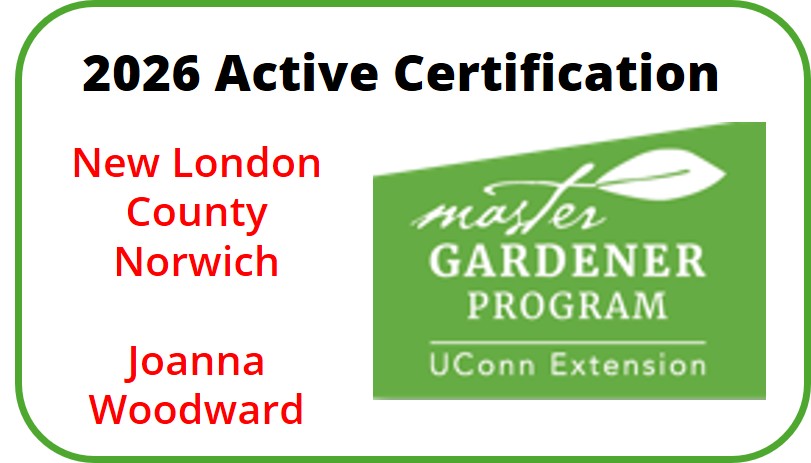
MGC2026 - New London
Registration and payment for Active Master Gardener Certification for 2026 (expires 9/30/26). This is NOT a class. Your county coordinator will provide the access code to register after you complete the recertification form at mastergardener.uconn.edu/2026-master-gardener-active-certification/
More
 Starts:
12/30/2025
9:00 AM
Starts:
12/30/2025
9:00 AM
 Ends:
12/30/2025
9:00 AM
Ends:
12/30/2025
9:00 AM
 Duration:
Duration:
 Pricing:
Pricing:
 Location:
Location:
 Status:
57 open seats left
Status:
57 open seats left
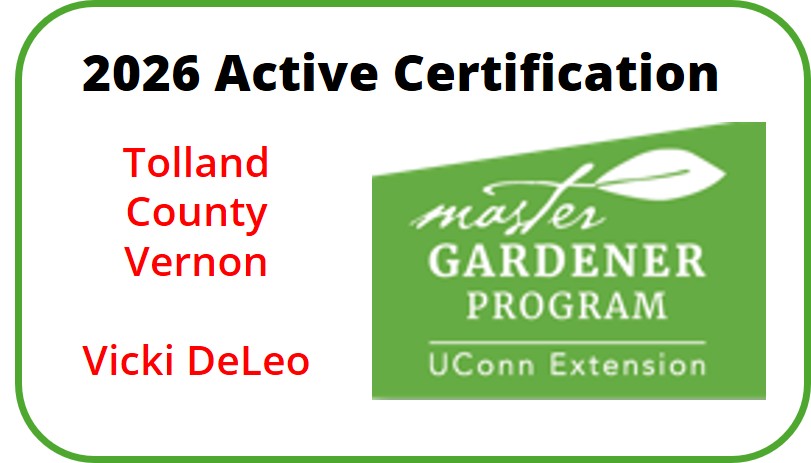
MGC2026 - Tolland
Registration and payment for Active Master Gardener Certification for 2026 (expires 9/30/26). This is NOT a class. Your county coordinator will provide the access code to register after you complete the recertification form at mastergardener.uconn.edu/2026-master-gardener-active-certification/
More
 Starts:
12/30/2025
9:00 AM
Starts:
12/30/2025
9:00 AM
 Ends:
12/30/2025
9:00 AM
Ends:
12/30/2025
9:00 AM
 Duration:
Duration:
 Pricing:
Pricing:
 Location:
Location:
 Status:
172 open seats left
Status:
172 open seats left
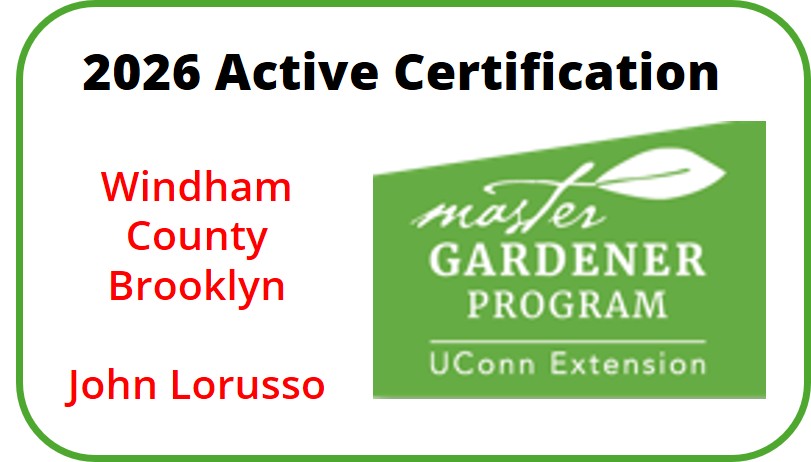
MGC2026 - Windham
Registration and payment for Active Master Gardener Certification for 2026 (expires 9/30/26). This is NOT a class. Your county coordinator will provide the access code to register after you complete the recertification form at mastergardener.uconn.edu/2026-master-gardener-active-certification/
More
 Starts:
12/30/2025
9:00 AM
Starts:
12/30/2025
9:00 AM
 Ends:
12/30/2025
9:00 AM
Ends:
12/30/2025
9:00 AM
 Duration:
Duration:
 Pricing:
Pricing:
 Location:
Location:
 Status:
81 open seats left
Status:
81 open seats left

MG26 - Lower Fairfield
2026 Master Gardener Program class meeting at the Bartlett Arboretum weekly on Mondays beginning on 1/12/25, 9am-1pm. YOU MUST HAVE BEEN ACCEPTED INTO THE PROGRAM AND GIVEN AN ACCESS CODE TO REGISTER.
More
 Starts:
1/12/2026
9:00 AM
Starts:
1/12/2026
9:00 AM
 Ends:
1/12/2026
1:00 PM
Ends:
1/12/2026
1:00 PM
 Duration:
4 hours
Duration:
4 hours
 Pricing:
Pricing:
 Location:
Location:
 Status:
7 open seats left
Status:
7 open seats left
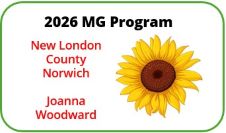
MG26 - New London
2026 Master Gardener Program class meeting on Tuesdays beginning on 1/13/26, 9am-1pm. YOU MUST HAVE BEEN ACCEPTED INTO THE PROGRAM AND GIVEN AN ACCESS CODE TO REGISTER.
More
 Starts:
1/13/2026
9:00 AM
Starts:
1/13/2026
9:00 AM
 Ends:
1/13/2026
1:00 PM
Ends:
1/13/2026
1:00 PM
 Duration:
4 hours
Duration:
4 hours
 Pricing:
Pricing:
 Location:
Location:
 Status:
3 open seats left
Status:
3 open seats left
|

